Thinking of staying put in the path of Hurricane Irma? Think again
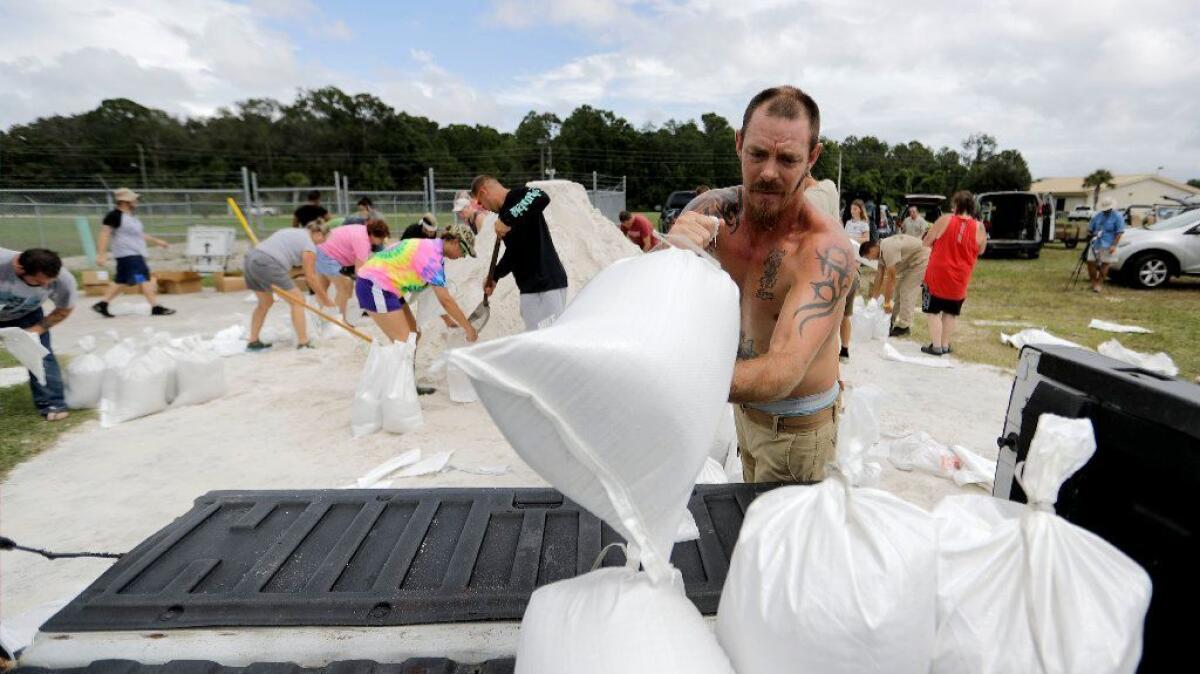
When a hurricane is barreling toward your state, you have two options: Leave or stay. One is inconvenient. The other can be fatal.
On Friday, as Hurricane Irma set its sights on Florida, thousands of residents boarded planes and crowded onto highways to evacuate.
Florida Gov.
“All Floridians should be prepared to evacuate soon,” he said at a news conference.
Even so, many inevitably remain in their homes with the hope of riding out the storm.
Here’s why this is a bad idea:
Storm surges
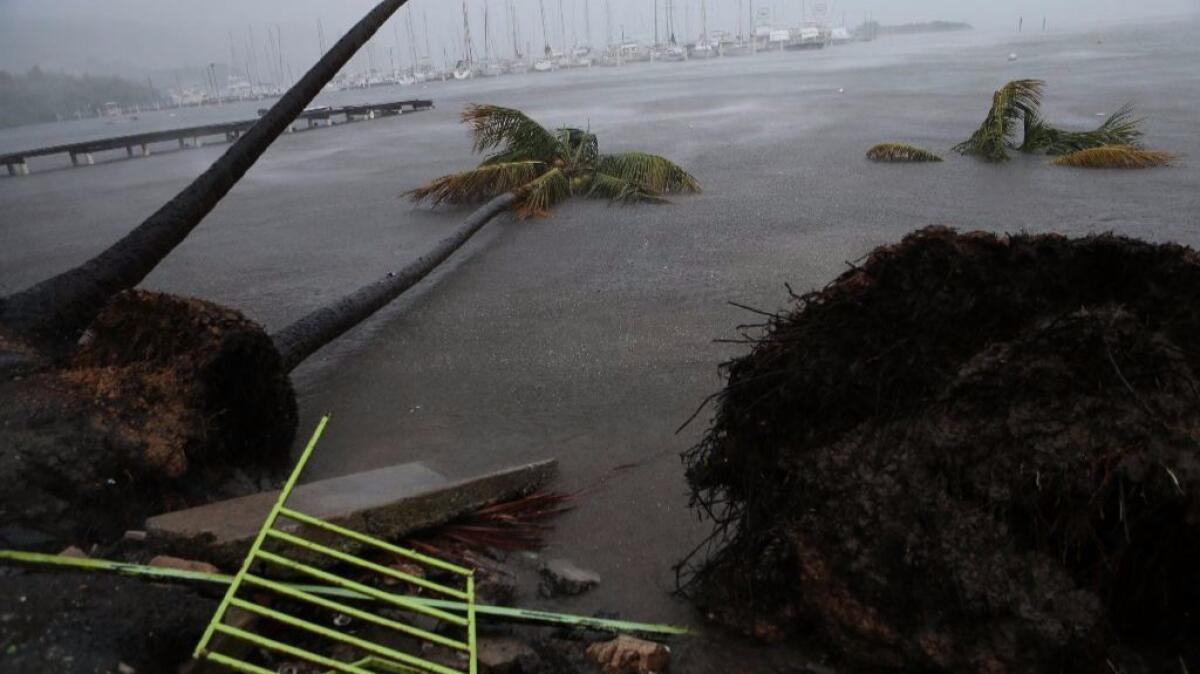
A storm surge is the water that is pushed onto shore by a hurricane. For coastal cities like Miami and Miami Beach, they can be catastrophic .
In the Florida Keys, the surge could reach as high as 10 feet, according to the
When
“Remember Hurricane Andrew was one of the worst storms in the history of Florida,” Scott said. “Irma is more devastating on its current path.… This is a catastrophic storm that our state has never seen.”
Electricity
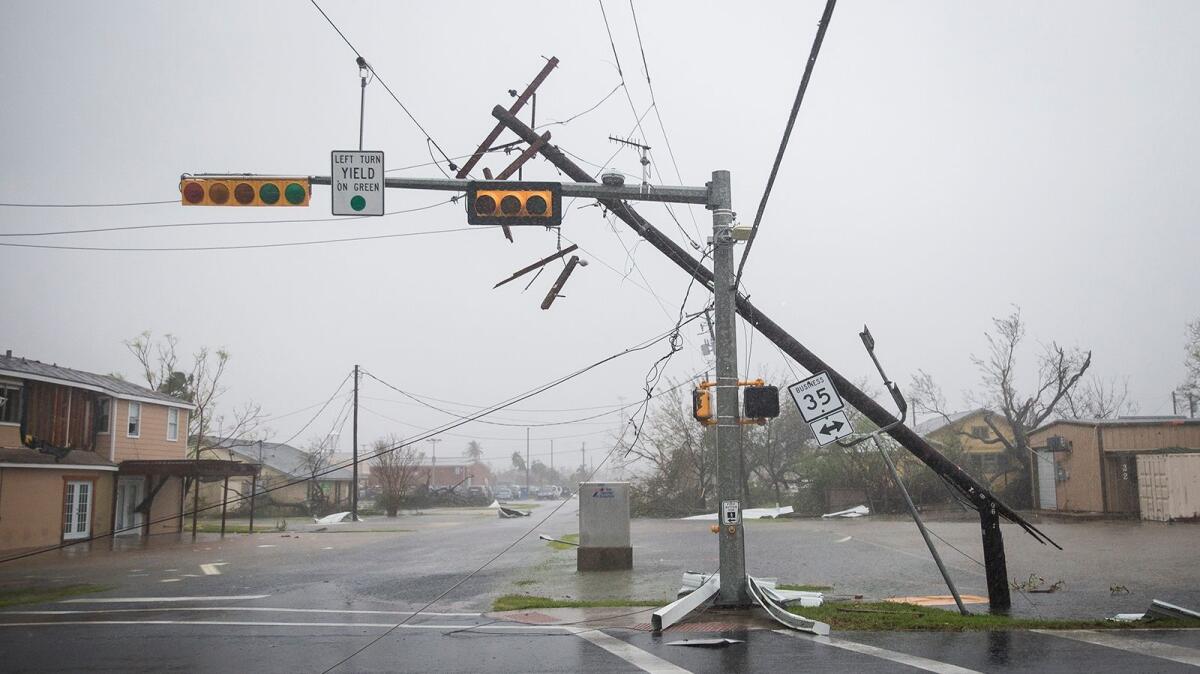
With winds that could peak at 150 mph, it’s likely many power lines will tumble, knocking out power to widespread areas. The loss of power prevents heating food, boiling water and preserving perishable foods.
Without power to charge telephones, run Wi-Fi networks or keep the radio playing, getting information becomes more difficult too.
Florida Power & Light, the main electrical provider in the state, warned customers this week “to prepare for potentially prolonged power outages.”
In 2008, Hurricane Ike, a Category 4 storm that struck the Gulf Coast of Texas, left nearly 2.1 million homes and businesses without power for several days.
Delayed response from emergency personnel

Emergency officials from Palm Beach, Fla., made this point clear in a statement Friday.
“Please be aware that emergency personnel cannot respond to 911 calls once winds reach 50 mph and may be delayed in respond post-storm if roads and communications are compromised, hence the mandatory evacuation order,” it said.
Angie Lindsey, a professor at the University of Florida who studies disaster preparedness and recovery, said that not only is staying in an evacuation area dangerous, but it is also selfish.
“By staying in an evacuation zone, you may compromise the safety and work of first responders — h impede other rescue and recovery efforts,” she said.
Falling debris
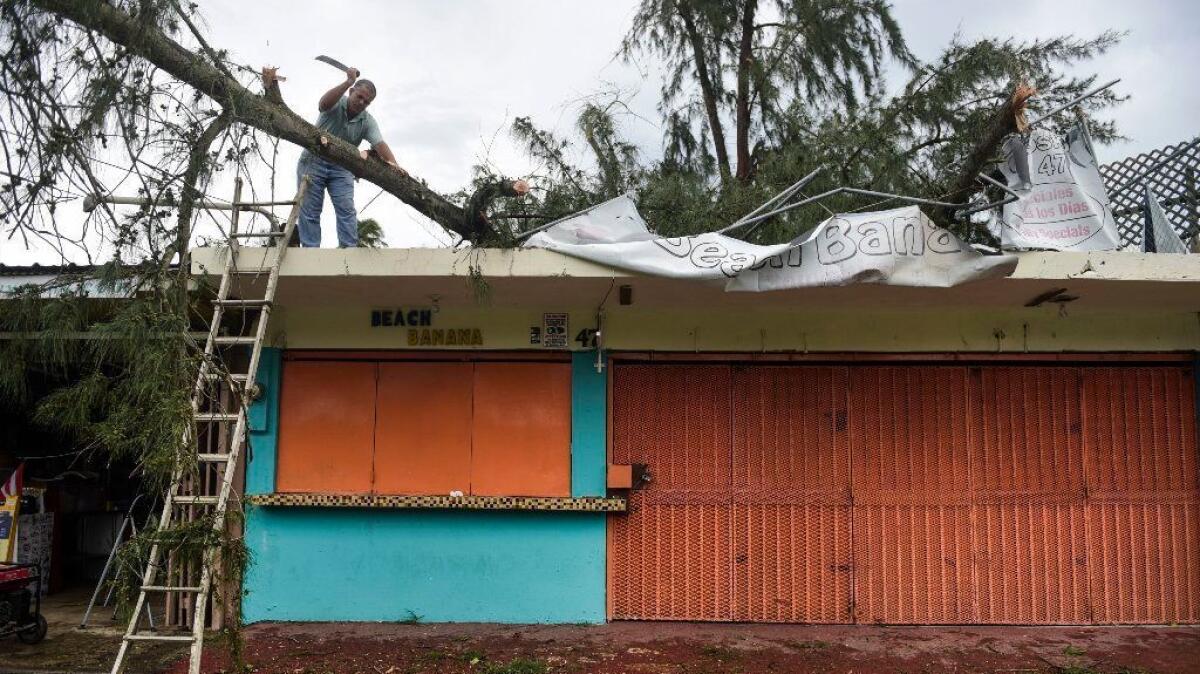
With the high winds, windows can blow out and trees can come crashing down.
In Miami, officials have voiced concerns about towering construction cranes in the city’s downtown area. There are currently more than 20 cranes in downtown Miami, according to city officials, who say the structures can handle winds of up to 145 mph.
“If you live in a high rise and decide not to evacuate, the safest place in the building to ride out a hurricane is an interior, concrete enclosed stairwell,” a statement from the city said.
Lack of fuel and supplies
Once a storm blows over, fuel is likely to be scarce. This makes it difficult to leave areas damaged by the hurricane. Just 1 foot of fast-moving water can sweep your vehicle away, according to the Federal Emergency Management Agency.
Stocking up on groceries is a good idea, but eating nonperishable foods can be no fun after a while.
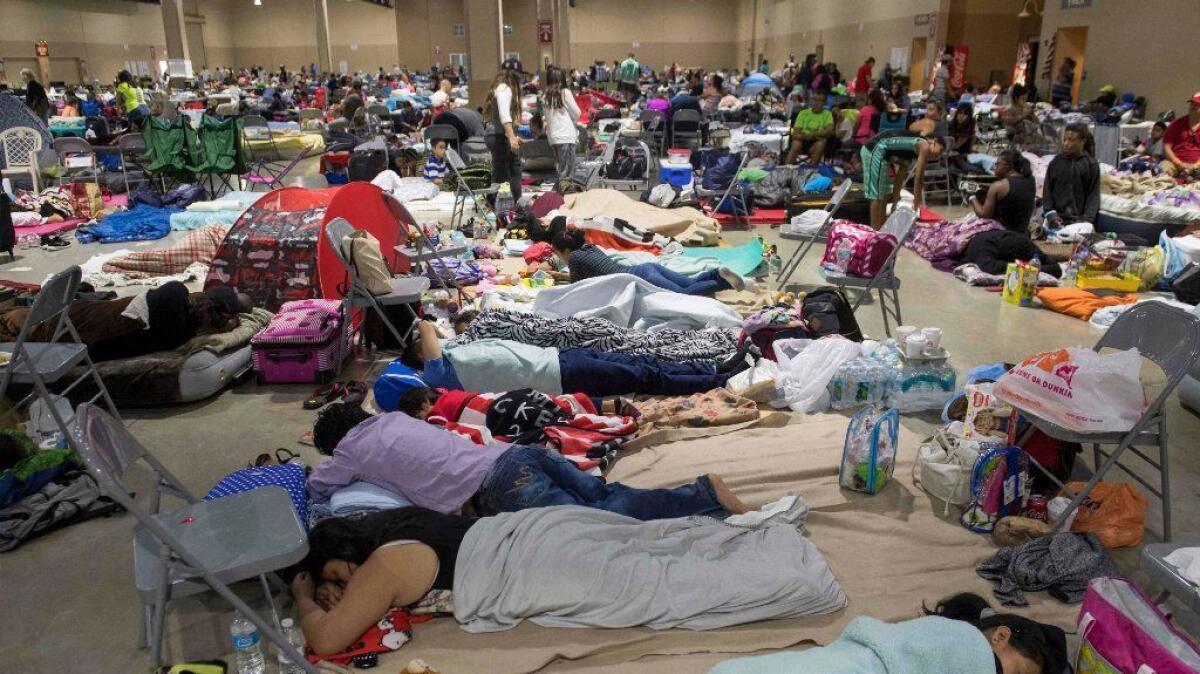
Contaminated water
As areas begin to flood, the water can become contaminated with sewage, pesticides and other chemicals.
Toxins abound in the floodwaters that are still receding after Hurricane Harvey in Texas.
"Floodwater mixes with everything below it," Dr. Richard Bradley, chief of emergency and disaster medicine at Houston’s McGovern Medical School at the University of Texas Health Science Center, told Time magazine recently. "If it covers a field with pesticides, it picks up the pesticides. It can also carry animal waste from fields and forests."
Twitter: @kurtisalee
Start your day right
Sign up for Essential California for news, features and recommendations from the L.A. Times and beyond in your inbox six days a week.
You may occasionally receive promotional content from the Los Angeles Times.




